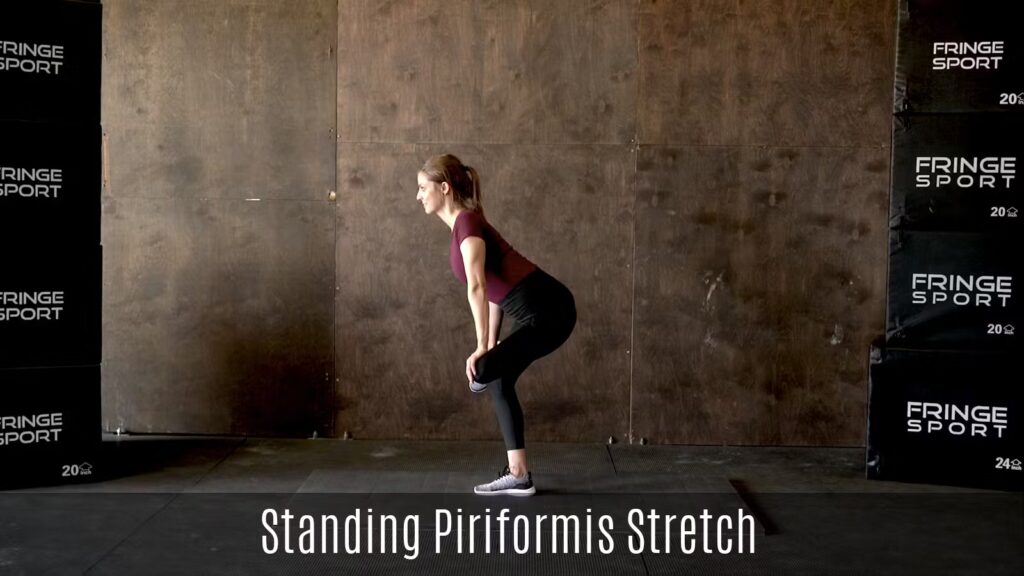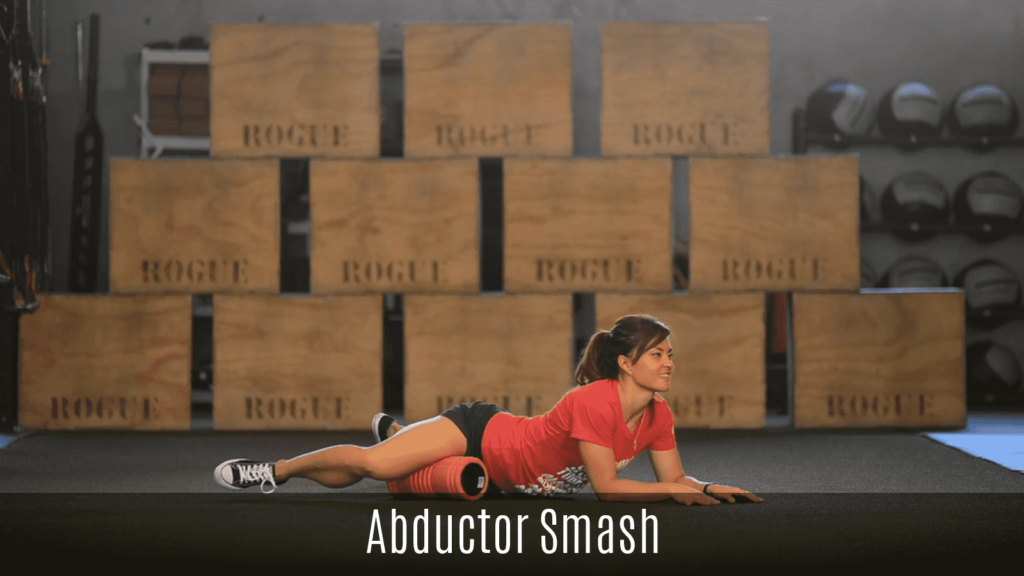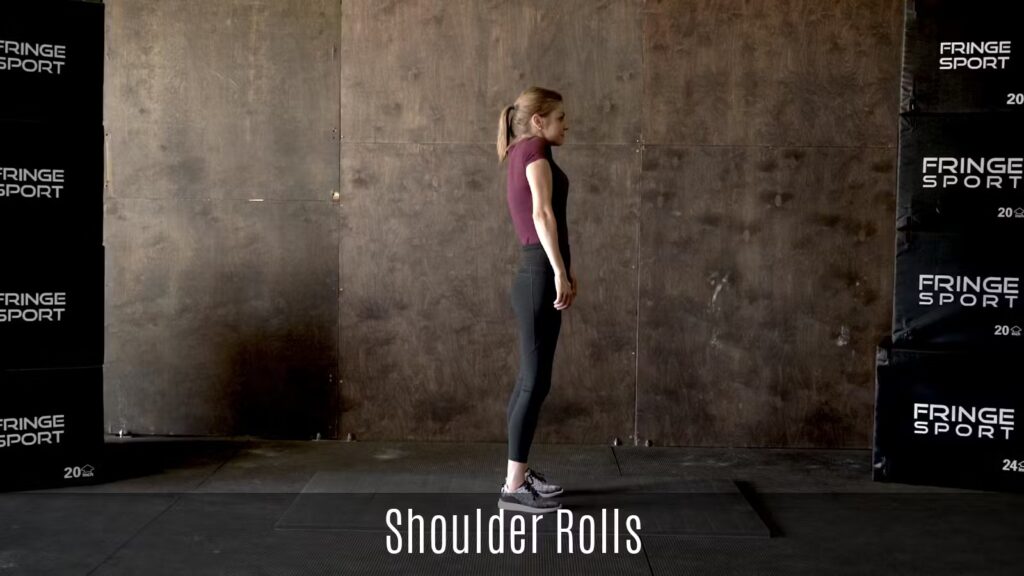A strong length of tendon-like tissue that runs down your outer thigh, your iliotibial band (IT band) plays a critical role for runners, cyclists, and weightlifters on leg day. Often confused with an actual muscle, the IT Band is actually a type of connective tissue that runs both outside the thick muscles of your outer thigh and deep into the leg down to the femur. It’s also very long, connecting from the hip bone all the way down to the outer knee. The IT band provides vital assistance for sideways movement of the outer hip, hip rotation, and stability in the knee.
Long-distance runners and cyclists are the most prone to develop issues with their IT Band, most particularly since it connects to their outer knee. But it’s important to know that these are not the only people who can develop this issue. Overuse, repetitive movement, and muscle weakness can all cause the band to rub against the bones of the knee- exacerbating friction and inflammation. Most commonly known as IT Band Syndrome, it can be quite painful and will certainly sideline you from athletic activities you enjoy.
IT Band Syndrome Symptoms
You might want to know some common symptoms that IT Band Syndrome presents. Of course, this is quite individualized to the person who is dealing with the issue, but pain on the outside part of your knee is a common feeling. This might show up as a burning, aching, or tender sensation around the knee along with the area feeling warm or appearing red. Some people might also experience cracking or popping in the knee.
Another common symptom is general pain running up and down the length of the leg. If you experience any of these symptoms, it’s best to consult your personal healthcare professional for the best course of action.
That being said, there are ways you can help decrease the pain that you may experience with IT Band Syndrome or general IT Band pain. We believe it’s important for people to have the knowledge and tools to help decrease their own pain symptoms and increase their quality of life with simple, but empowering, steps that can be done from the comfort of their own home.
How to Treat IT Band Pain
In terms of treatment, the IT Band can be somewhat tricky as it’s not quite a muscle, not quite a tendon, and does not necessarily respond immediately to massage or stretching. Muscles, much like rubber bands, naturally expand and contract during use (and non-use), while the IT Band is actually quite tight by design. Its inherent stiffness actually helps to strengthen and protect the outside thigh and keeps us standing upright.
Smashing the IT Band with a foam roller can sometimes be helpful for people with this pain. Properly warming up and stretching before performing exercise, especially something like running or cycling, can help prevent IT Band pain as well.
That being said, many professionals also recommend treating the muscles and surrounding areas that work in tandem with the IT Band to help decrease pain. These muscles include the gluteus maximus, quadricep muscle, and hamstring muscle. Smashing these other areas with a foam roller or performing regular stretches that target these exact areas could help decrease the pain felt in the knee area or IT Band.
What is the IT Band Smash?
This natural strength and stiffness can make it a difficult area to use a foam roller on, and there is still some debate among physical therapists as to how effective this can be on the IT Band itself. It may be that the deep muscles surrounding it are actually getting the maximum benefits, while others say that a gentle rolling of the area does in fact alleviate IT Band problems.
Either way, many find rolling the outside of their thigh to be quite sensitive. So, while we maintain that it is beneficial to foam roll using the IT Band Smash, just don’t overdo it. Less is more in this case. If you do choose to perform an IT Band Smash with a foam roller, we suggest using a soft-sided foam roller as opposed to a hard surface or more intense foam roller. Start slowly and avoid dumping all of your body weight on the foam roller at first. Use your hands and feet to help support yourself against the floor. By doing this, you can dictate how much pressure you put onto your IT Band. If you ever do feel pain while performing the IT Band smash, you should stop immediately and not “push through” the pain.
As always, we recommend doing these exercises and movements in tandem with your personal healthcare professional or physical therapist. Follow these instructions and you should be on your way to reliving that pain in no time.
How to perform the IT Band Smash movement
.gif)
To perform the IT Band Smash, find yourself a roller and a stretching mat.
Lie on your side with your legs extended out straight and prop your upper body up on your hands.
Take the foot of your leg that’s facing the ceiling and bring it up and over to rest flat on the floor in front go your other leg.
Take the foot of your leg that’s facing the ceiling and bring it up and over to rest flat on the floor in front go your other leg.



